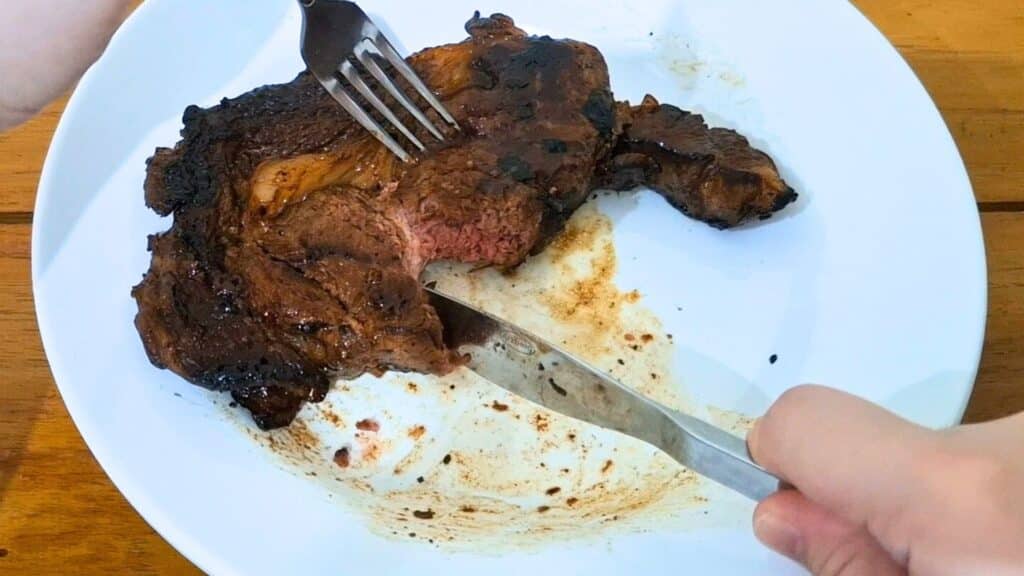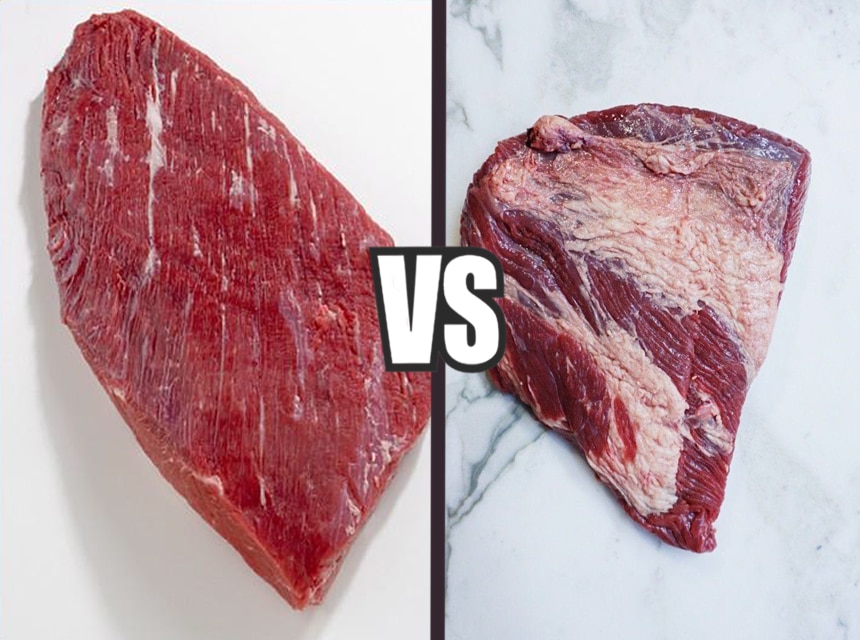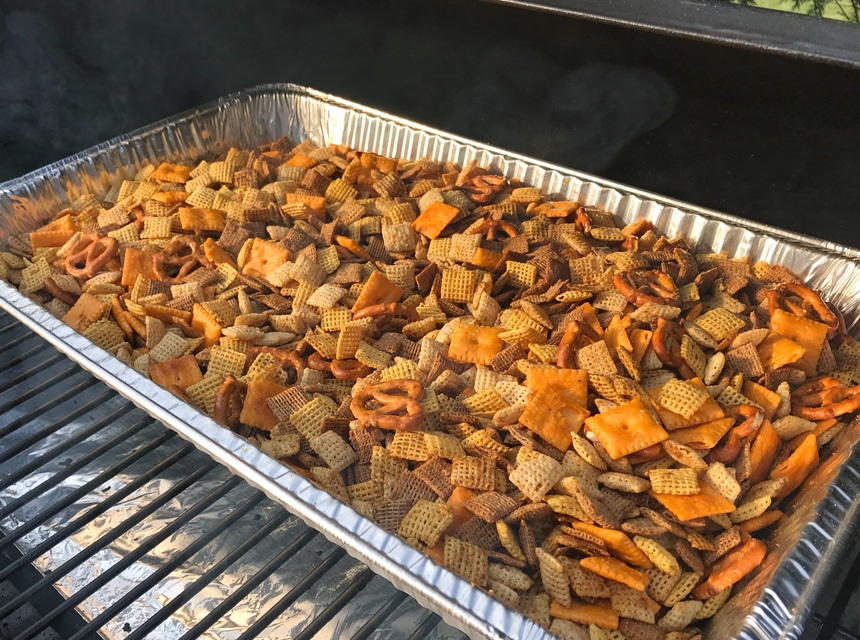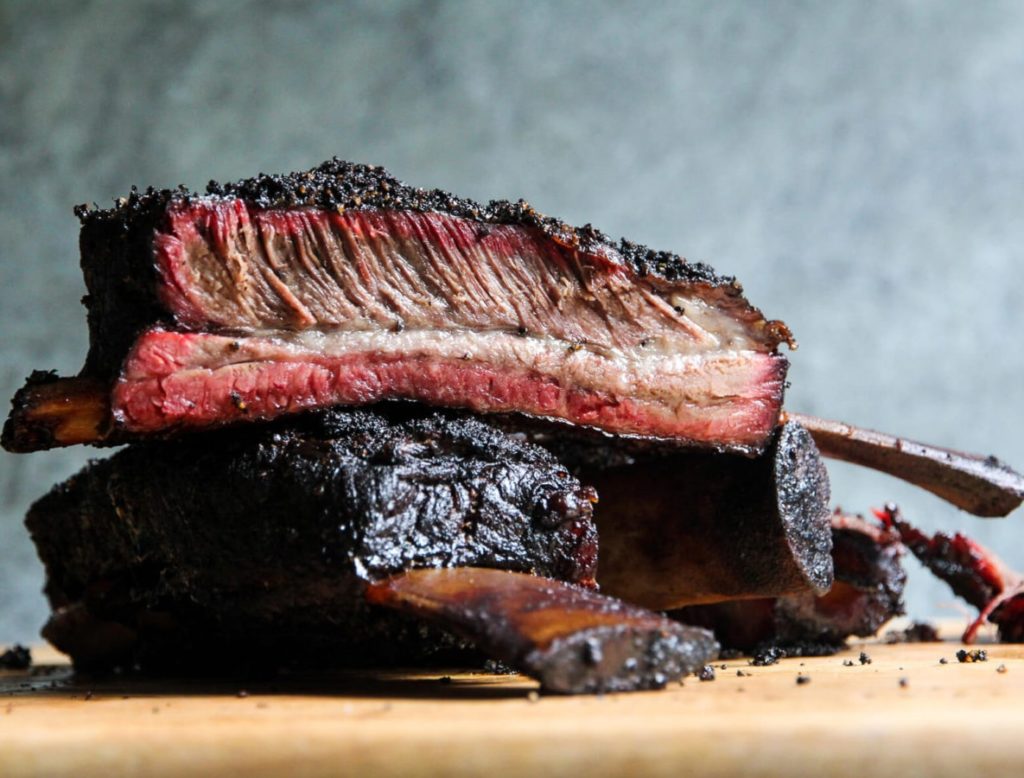

Pork dishes are amazing, but for the longest time, it was believed that the meat had to be well-done. In fact, if anyone asked whether pork tenderloins can be pink on the inside, the answer would have been a definite no. People are just beginning to warm up to the idea that pork can be served with a little trace of pink.
It is common practice for people to cook pork until the internal temperature reaches 160 degrees. There’s just one challenge: if you’re roasting your tenderloins, the meat will lack flavor and end up dry & tough. If you’re a pork lover, we’ve got good news for you. The United States Department of Agriculture revised the recommended meat temperatures in 2011. Based on this, pork is safe to eat when the internal temperature gets to 145 degrees. This means you can enjoy juicy meat without worry.
If you’re tired of eating overcooked and chewy pork, here’s a simple guide into how pink pork tenderloins should be.
Pork tenderloins are sometimes referred to as pork steaks, gentleman’s cuts, or pork fillets. Most people confuse them with pork loins, but they are very different. Pork tenderloins are the leanest cut in the market and are very tender, which is why they are highly-priced. They are gotten from the muscle that runs across the animal’s backbone.
Pork loins, on the other hand, are wider and can either be bone-in or boneless cuts of meat. Due to the leanness of tenderloins, the cuts are usually very bland, but the good news is that they absorb flavor easily, so you can marinate the meat.
If you’re wondering whether pink pork is safe for consumption, then the answer is yes. The only reason why people started overcooking pork was due to a parasite named Trichinella. This worm was very prevalent in pork during the early 1900s and often caused a serious disease called trichinosis, which mainly occurs when you eat undercooked meat that has been infected with the parasite.
To reduce the cases of infection, the government advised people to cook their pork at 160 degrees so as to kill the parasite. Current studies, however, reveal that this was overkill as the Trichinella parasite dies at 137 degrees. However, the damage had already been done because decades later, people are still overcooking their pork.
Modern pork is less fatty, and it dries out very quickly when overcooked. You should only cook it long enough to kill E.coli bacteria.
The government also started regulating how animals should be raised, drastically reducing the chances of getting trichinosis.
It’s important to note that the new guidelines of the USDA are only applicable to whole pork cuts. You are still required to cook ground pork up to 160 degrees.
The best way to determine whether your pork tenderloin is cooked is by using a meat thermometer. Whether you’re cooking your pork on a charcoal grill or a smoker, you should never wing it. Some people prefer poking the meat with a skewer to check whether the juices contain traces of blood, but precision is key when it comes to meat, so make sure you have your thermometer in hand.
Based on most reviews, the ThermoPro TP20 meat thermometer is one of the best products in the market. It is wireless, which means that you can enjoy hands-free cooking even when you’re 300 feet away from the grill.
This thermometer comes fully set up, so you don’t have to synchronize it with the receiver. It has a large LCD display for you to monitor the meat temperatures with ease and a backlit feature that comes in handy when you’re in low light conditions. The 2 meat probes are made from food-grade stainless steel and don’t impact the integrity of your meat.
Once you set the preferred temperatures, the receiver will flash and beep to alert you when the meat is fully cooked. This meat thermometer also comes full preset with the recommended temperatures for 9 different types of meat, reducing the hassle of temperature adjustment. You can, however, reset them based on your recipes.
If you’re cooking the pork tenderloins at home and don’t know what to use, a grill pan will come in handy. The Mepra Grill Pan, in particular, has received plenty of positive reviews. It’s highly durable and is resistant to tarnishing, corrosion, rust, chipping, and fading, making it dishwasher safe.
This grill pan comes in a luxurious, innovative design and is also functional. Its internal liming is made from a micro-stone that ensures even heat distribution. The cooking surface is nonstick, so you don’t have to use a lot of fat or butter, while the handle has an anti-slip grip.
Due to carryover cooking, we recommend that you remove your pork from the grill when it’s about 10 degrees to the set temperature. This is because its internal temperature will continue rising for some time after you’ve taken the meat off the grill. If you let the tenderloins cook on the grill for long, they will be dry and overcooked by the time they get to the table. You should then let the tenderloins rest for about 5 minutes before slicing into them.
When you cut into the pork, the center will be slightly pink, while the rest of the meat will be pale white.
The color of the meat is usually used to determine its doneness. For instance, rare meats have a shiny red center, light brown meat is well done, while a pink center is an indication of medium doneness. This test is, however, ineffective when it comes to pork due to the following reasons;
This is why you should never use color to determine the doneness of pork
Here are some useful tips that will come in handy when your cooking pork tenderloins:
You should never undercook ground meats. During the grinding process, the meat mixes with air and other contaminants that impact the integrity of the meat. To be safe, always cook your ground pork to around 165 degrees.
Can pork tenderloins be pink, and are they really safe for consumption? Yes! Eating pink pork will probably feel strange at first because you’re already used to eating overcooked pork. However, once you try it, you’ll realize what you’ve been missing out on. The meat will be tender and juicy, in contrast to the dry meat you’re used to.
In the past, people used to cook pork tenderloins at 160 degrees to ensure they killed off the Trichinella worm responsible for causing trichinosis. Studies have, however, revealed that the parasite could be killed off at lower temperatures, and trichinosis is not as common as it used to be.





